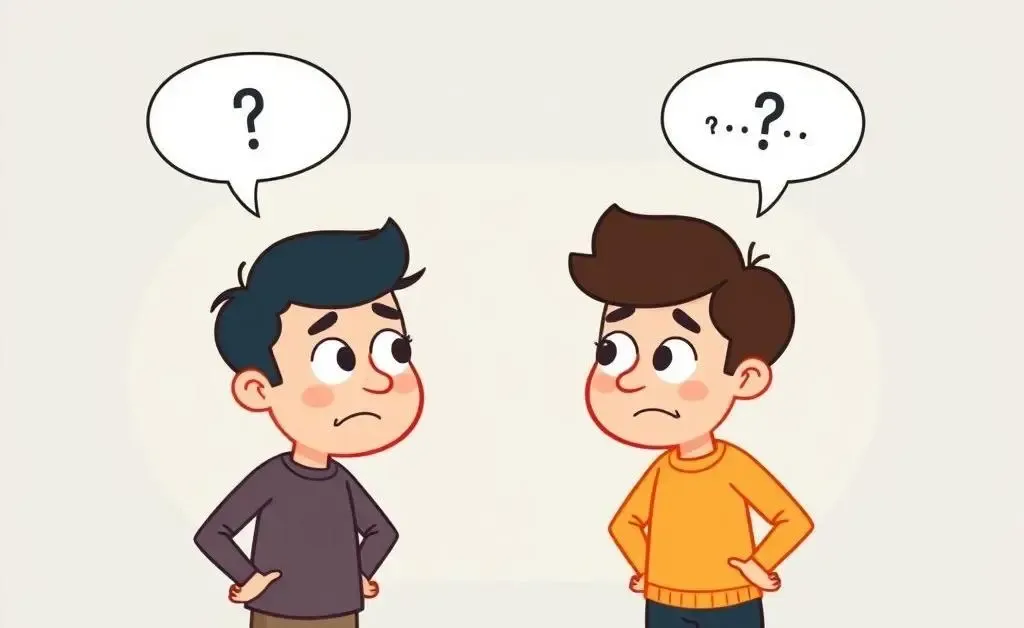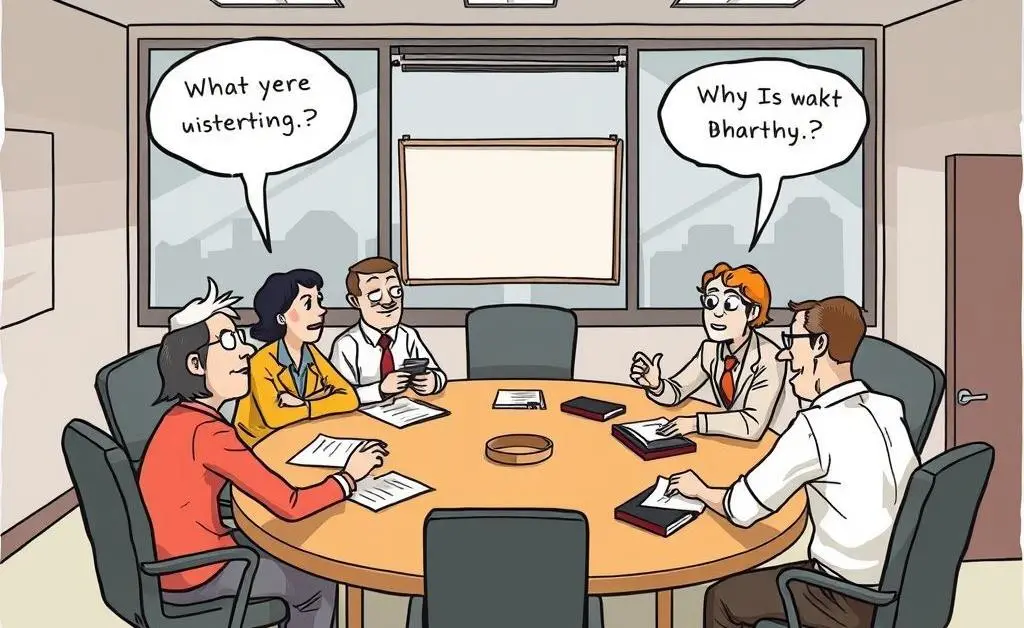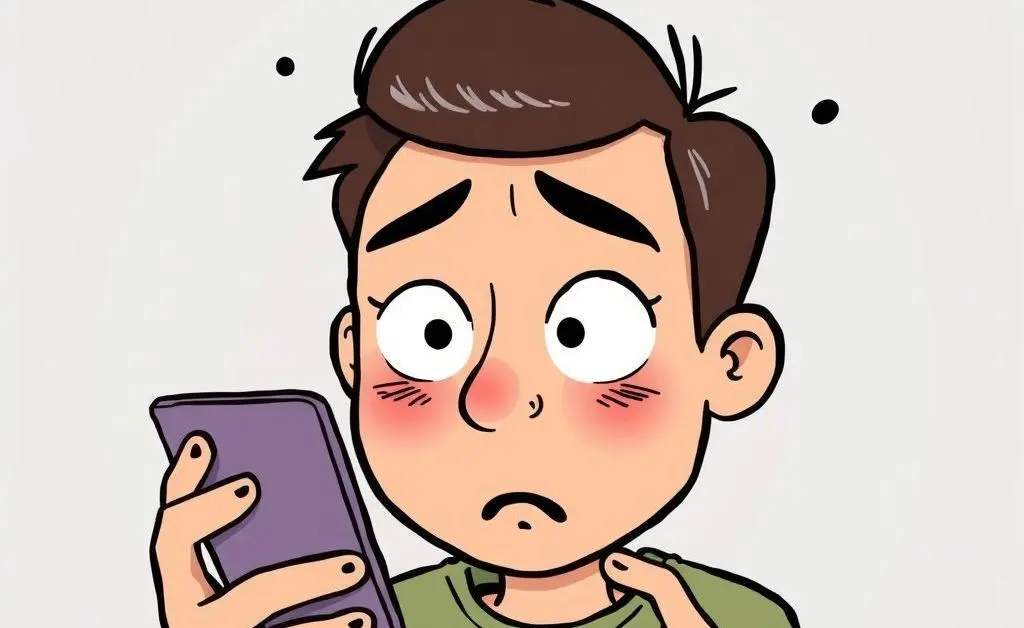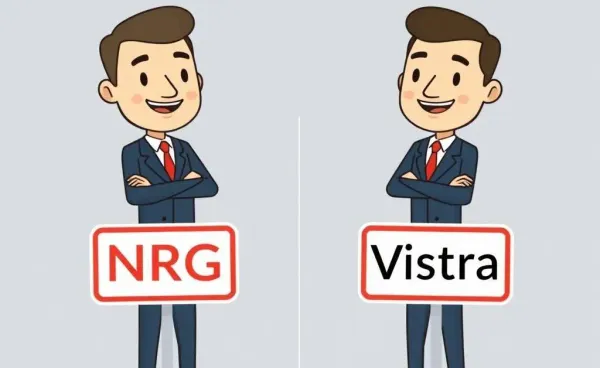The Art of Miscommunication: How to Navigate Everyday Mishaps
Explore miscommunication, why it happens, and how to handle it gracefully in daily life.

Have you ever said something, only to have the other person nod while clearly not understanding a word? Welcome to the delightful world of miscommunication! We all encounter it, yet it's one of the least understood aspects of our daily lives.
Why Does Miscommunication Happen?
Picture this: You're in a meeting, explaining a grand idea, but your colleagues' blank stares make you wonder if you switched to another language. Miscommunication isn't just about words. It's a fascinating dance of verbal cues, body language, and sometimes, even just a bad Wi-Fi connection.
Here's a quick list of why miscommunications occur:
- Assumptions: We think we're on the same page.
- Noise: Not just literal noise, but anything that clouds understanding.
- Lack of clarity: Say what you mean, mean what you say - easier said than done!

An Everyday Example to Ponder
Imagine you're texting a friend, making lunch plans. You say "12pm" but they read it as "2pm." You arrive at noon, only to wait two long hours. What went wrong? Sometimes, the meaning gets lost in translation due to lack of context or clarity.

Sound familiar? These small mishaps are a part of everyday communication and can lead to humorous (or frustrating) outcomes.
How to Improve Your Communication Skills
So, how can you dodge the murky waters of misunderstanding and become a better communicator? Here are some practical tips:
- Listen actively: Pay attention and show you're engaged.
- Be clear and concise: Cut out the fluff. Get to the point!
- Ask questions: Clarification is your best friend.
- Watch your non-verbals: Your body language speaks volumes.

What's Your Story?
Have any hilarious miscommunication stories of your own? Or maybe some tips that have helped you navigate these choppy waters? Share your experiences! Opening up about these flubs can actually make us better communicators.




